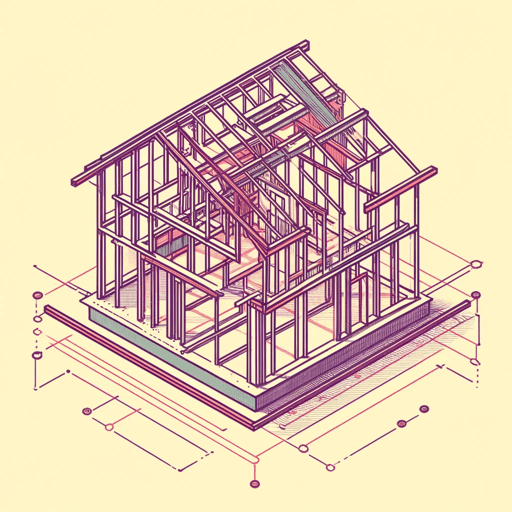44 pages • 1 hour read
William MaxwellSo Long, See You Tomorrow
Fiction | Novel | Adult | Published in 1980A modern alternative to SparkNotes and CliffsNotes, SuperSummary offers high-quality Study Guides with detailed chapter summaries and analysis of major themes, characters, and more.
Symbols & Motifs
Houses and Homes
Houses are primary settings within the novel as well as symbolic representations of families in transition. The most salient symbolic structure is the house under construction, where the narrator and Cletus play on the scaffolding. The house, like the families of both boys, is in a transitional state. One family is being rebuilt and the other disassembled. The repeated references to scaffolding enhance the symbolic meanings. The word is derived from the Old French term eschafal, which means separation. Family separations unite the playmates. But when Cletus leaves the scaffolding the day before the murder, the boys will be separated permanently.
“The Palace at 4 A.M.”
The symbol of the unfinished house is itself symbolized by a sculpture called “The Palace at 4 A.M” by Alberto Giacometti. The narrator explains that this skeletal wooden sculpture has always reminded him of the house being constructed on Park Place. He includes a lengthy quote in which Giacometti describes his inspiration for the work. Every night for six months, the artist and a mysterious woman created a “fantastic palace” from matchsticks that would topple in the morning to be rebuilt anew each evening. The palace existed in an eerie space where night was indistinguishable from day.
Featured Collections
Childhood & Youth
View Collection
Daughters & Sons
View Collection
Family
View Collection
Fathers
View Collection
Guilt
View Collection
Memory
View Collection
National Book Awards Winners & Finalists
View Collection
National Book Critics Circle Award...
View Collection
Pulitzer Prize Fiction Awardees &...
View Collection

